NaturalPearlSource' Pearl Quality Policy:
We stock large quantity natural freshwater pearls and Akoya pearls garded from A garde to AAAA garde or AAA garde for customers around the world, we supply big quantity China freshwater pearls with farmers direct prices.
If you are looking for cheap China freshwater pearls or baroque pearls, or if you are looking for Akoya natural pearls source with farm direct prices.
Congratulations ! You come to right place.
It's a good choice to cooperate with us to get cheap Natural Pearls and Pure pearls with farm direct prices. BAOYUE Pearl focus on Pearls Wholesale , Freshwater Pearls Wholesale, Akoya Pearls Wholesale, Tahitian Pearls Wholesale, South Sea Pearls Wholesale, Baroque Pearls Wholesale over 10 years. our company is located in the world's largest freshwater pearl production base -Zhuji, Zhejiang of China , Over 85% of the freshwater pearls exports come from Zhuji, Zhejiang of China. we provide big quantity natural pearls to customers around the world.
In order to meet the large demand of our customers who need to buy pearl materials, Every year, our company natural pearls material is not enough, we need to purchase a large number of natural pearls from high-quality farmers here also, the farmers will classify and screen various types of pearls according to the needs of our customers. and our experienced quality inspectors will inspect and classify the purchased pearls in strict accordance with the international pearl classification standards, We have been committed to providing high-quality and low-cost pearl materials and pearl jewelry to customers around the world.
If you have any question about cheap China freshwater pearls, feel free to contact us to get a free quote.

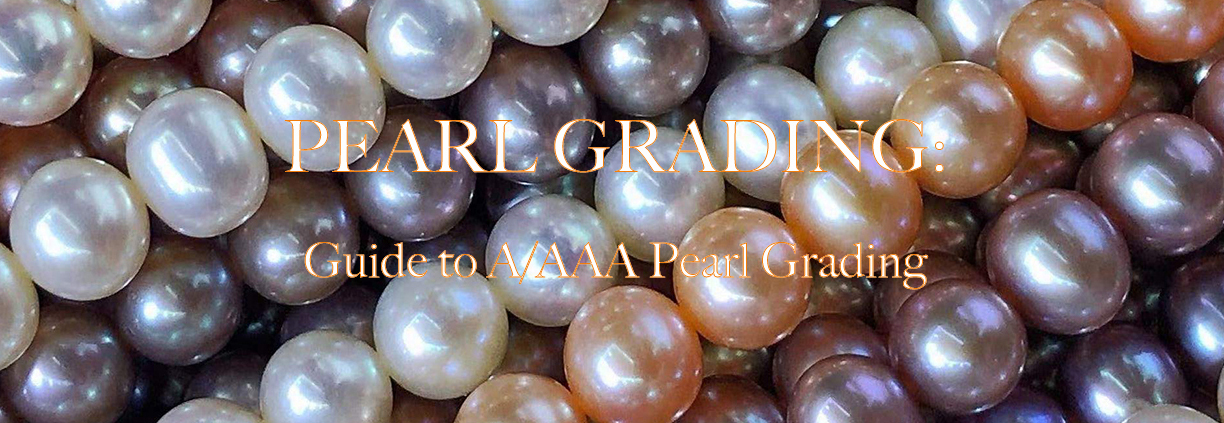

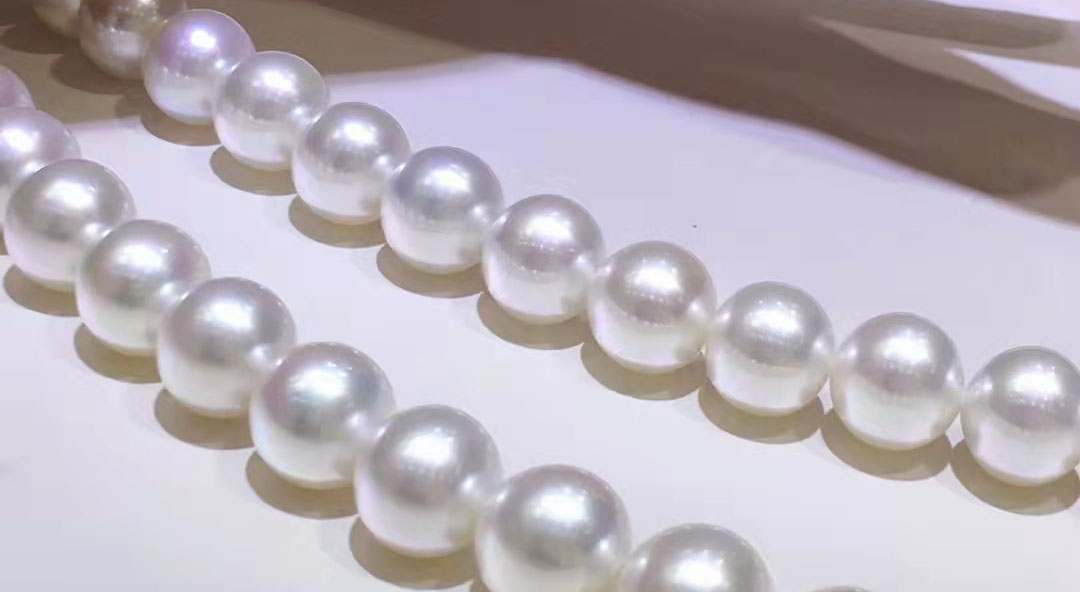
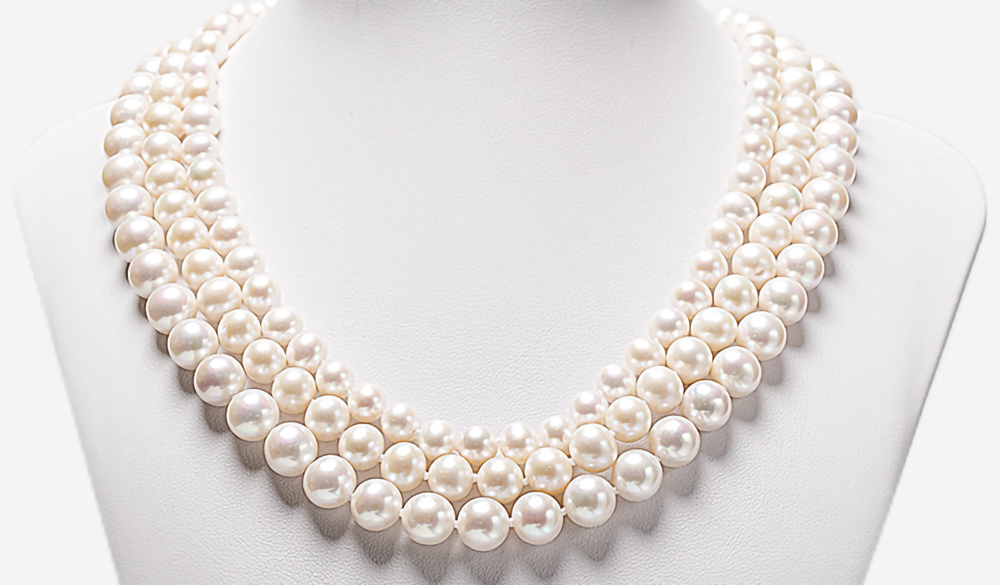
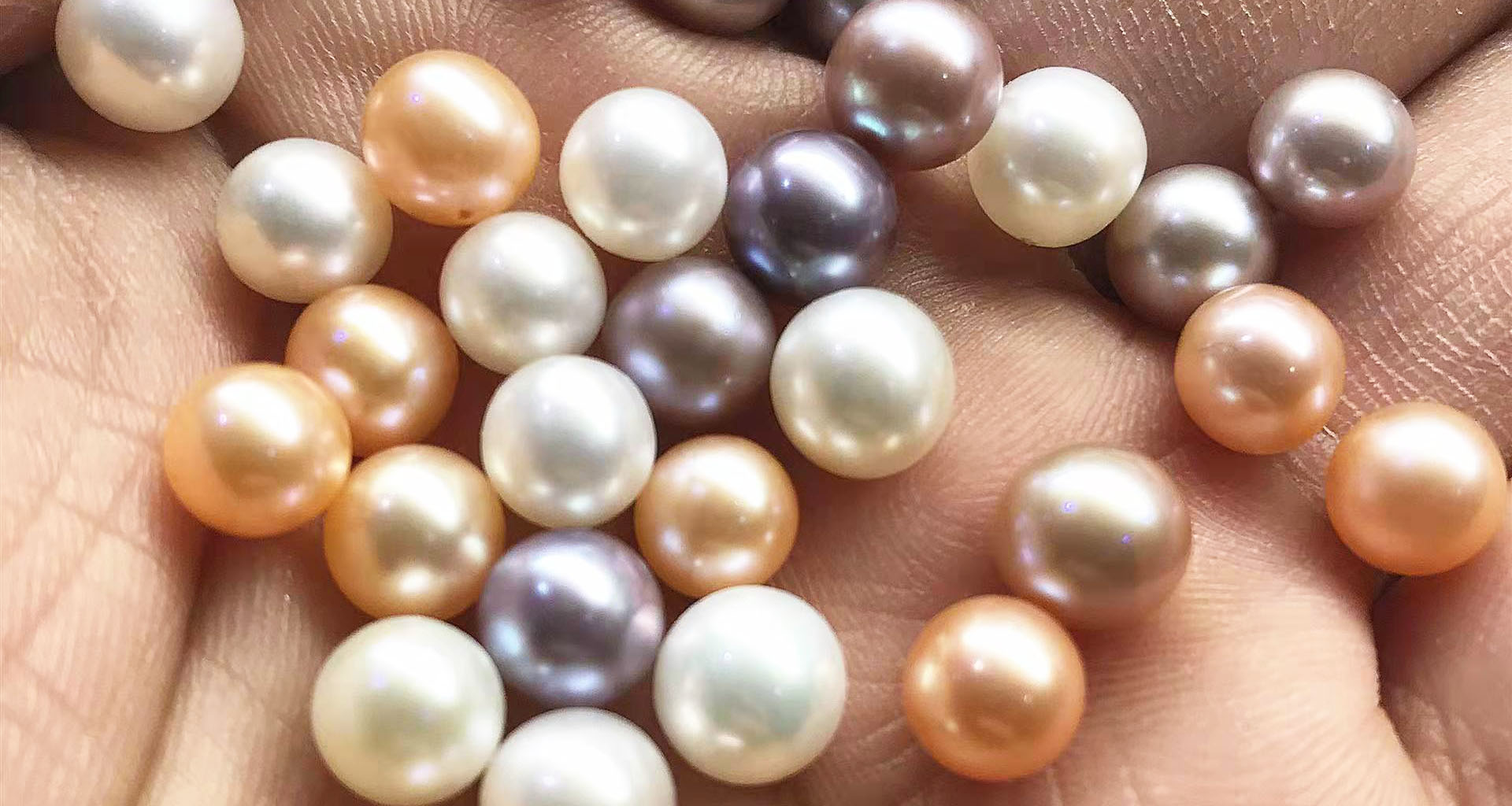
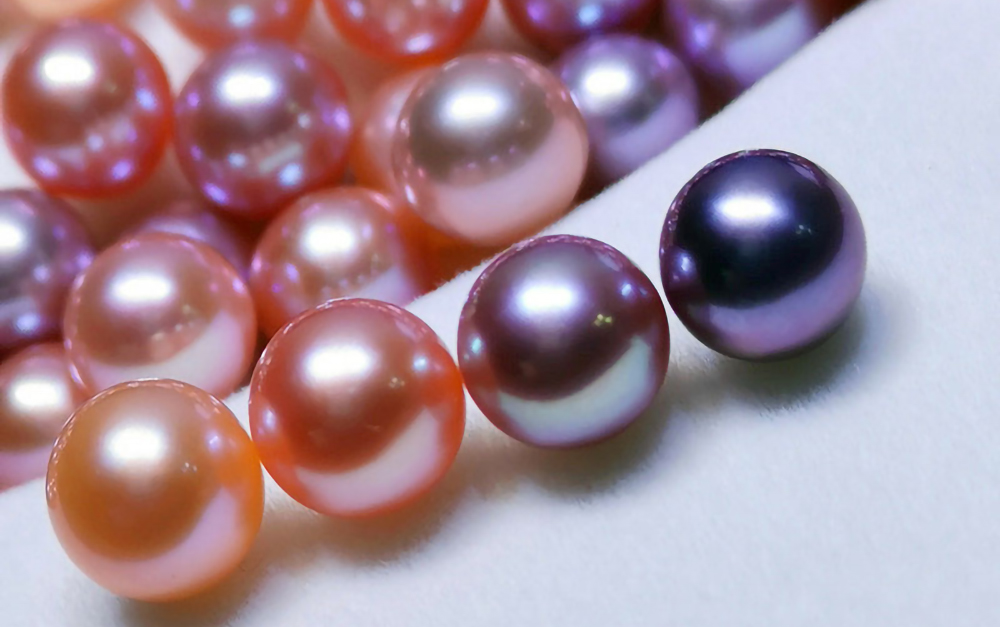
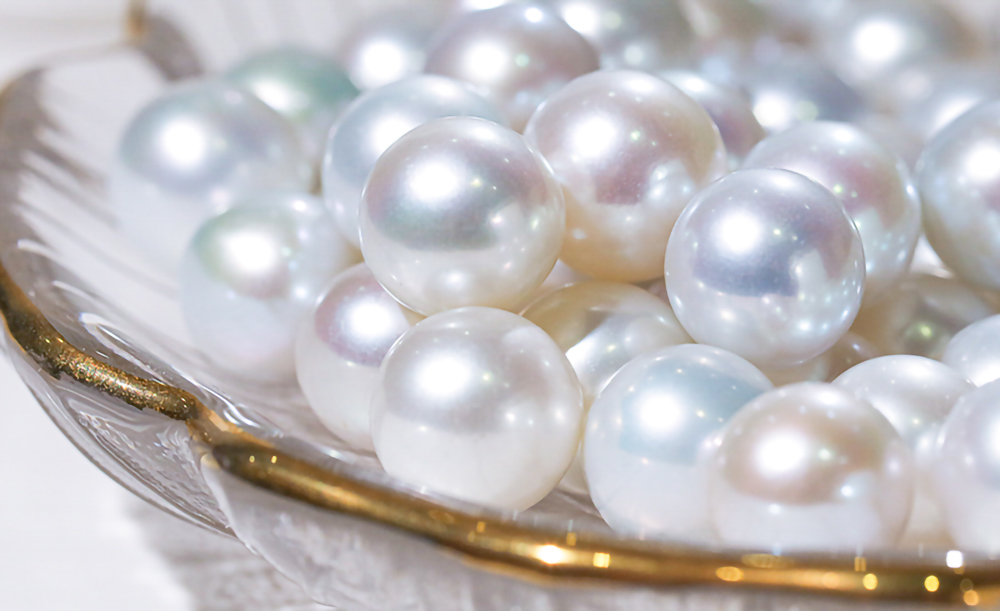


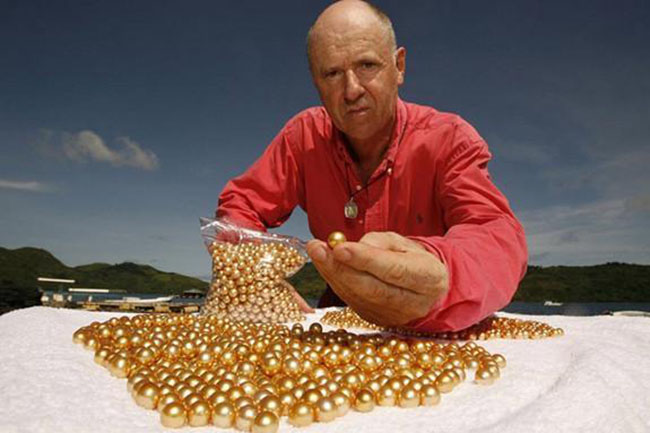
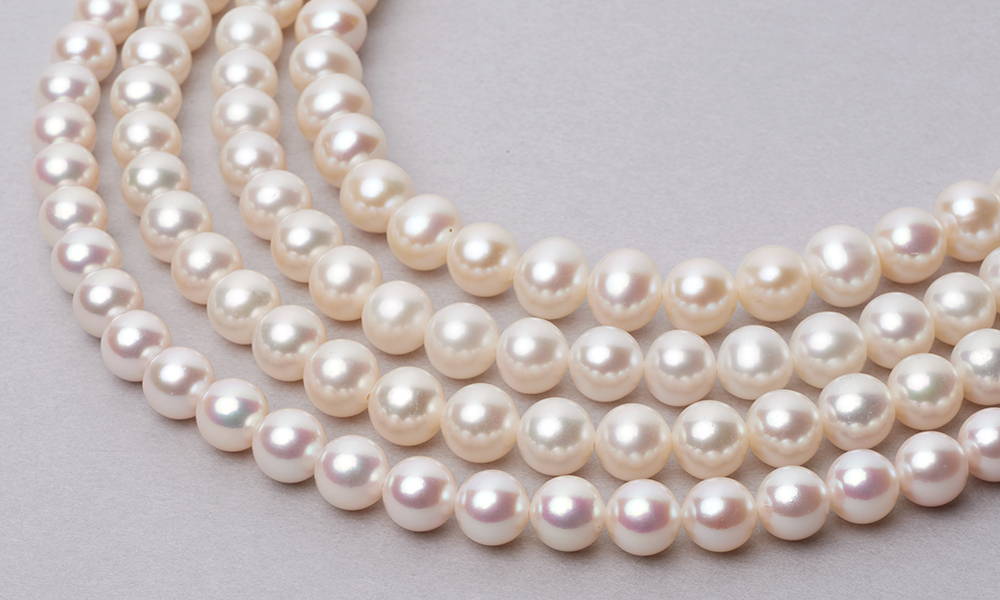
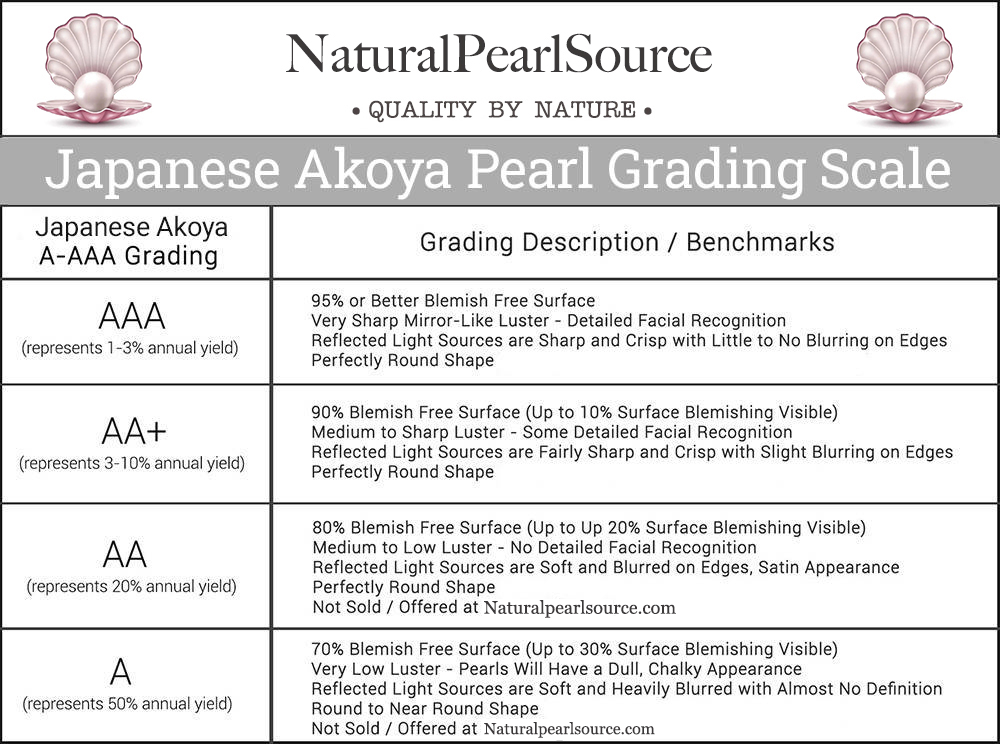
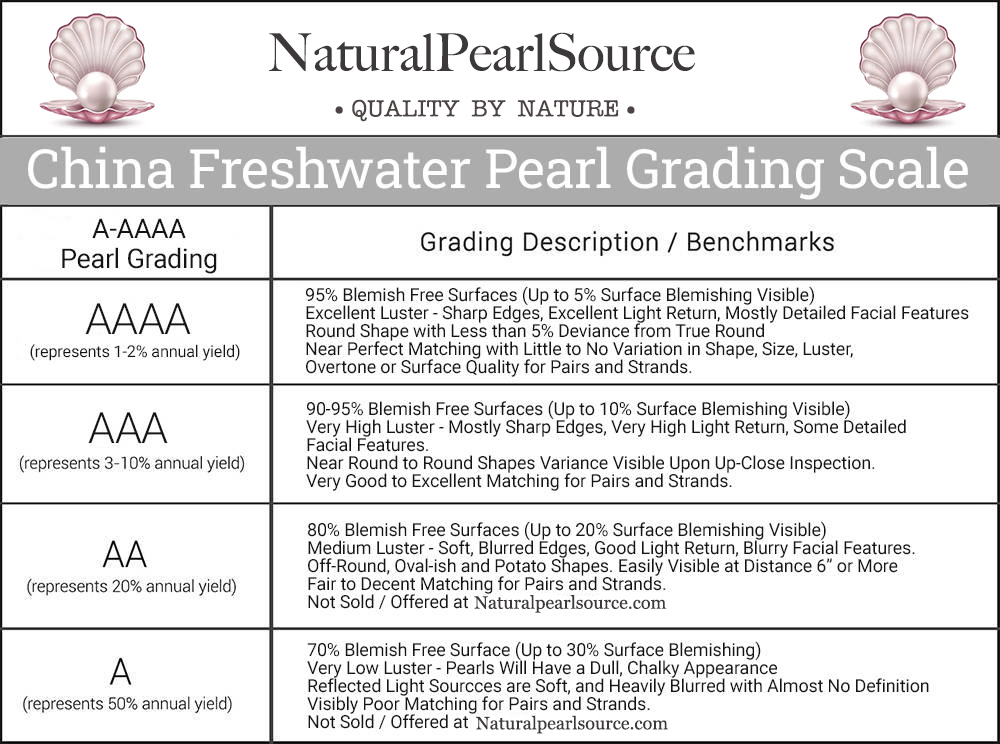
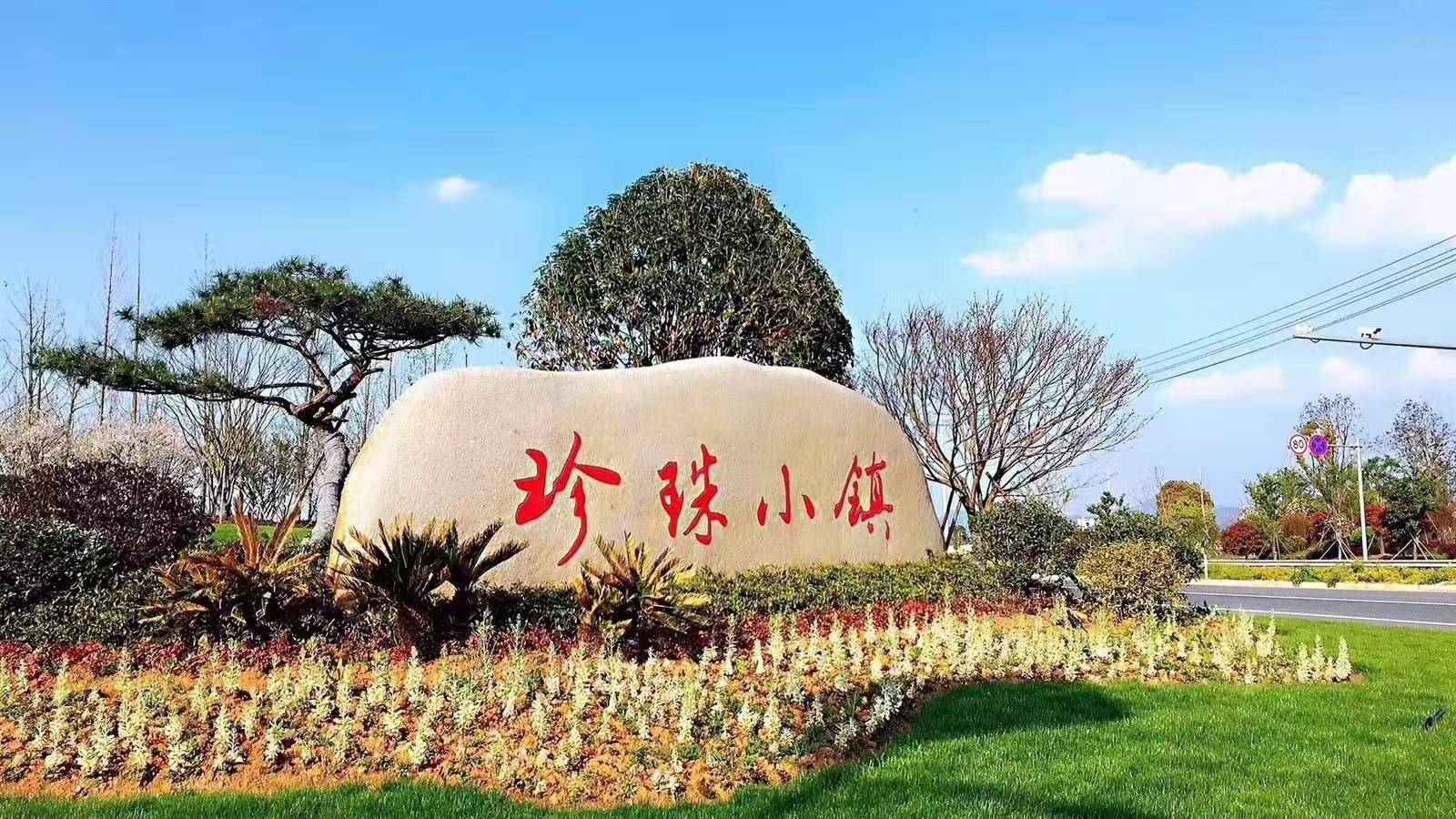

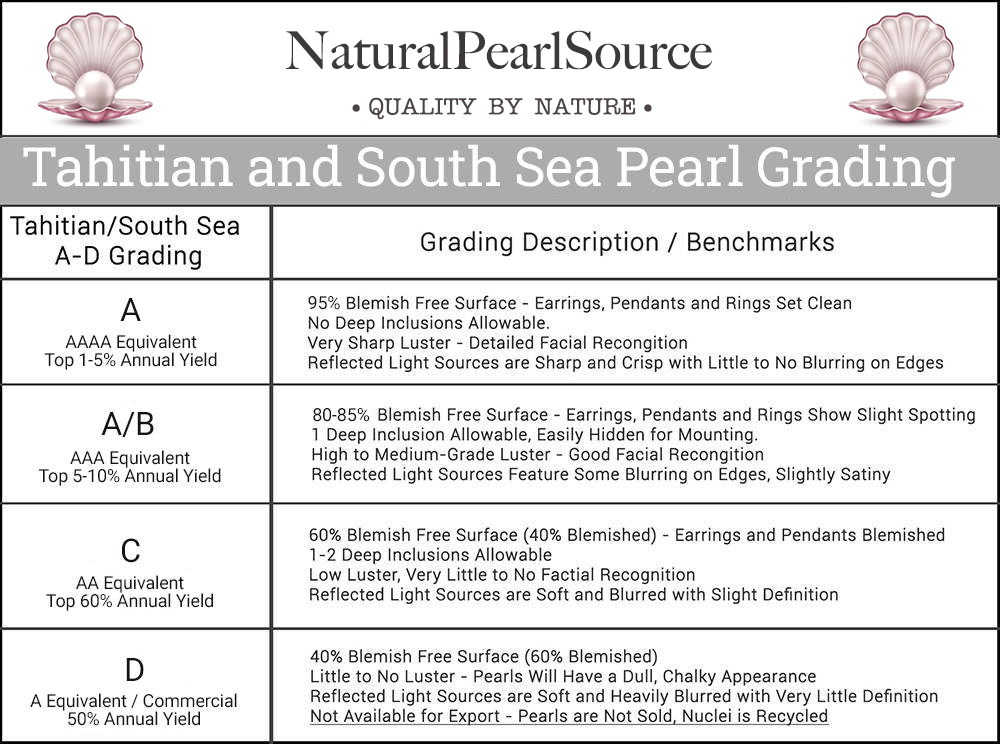
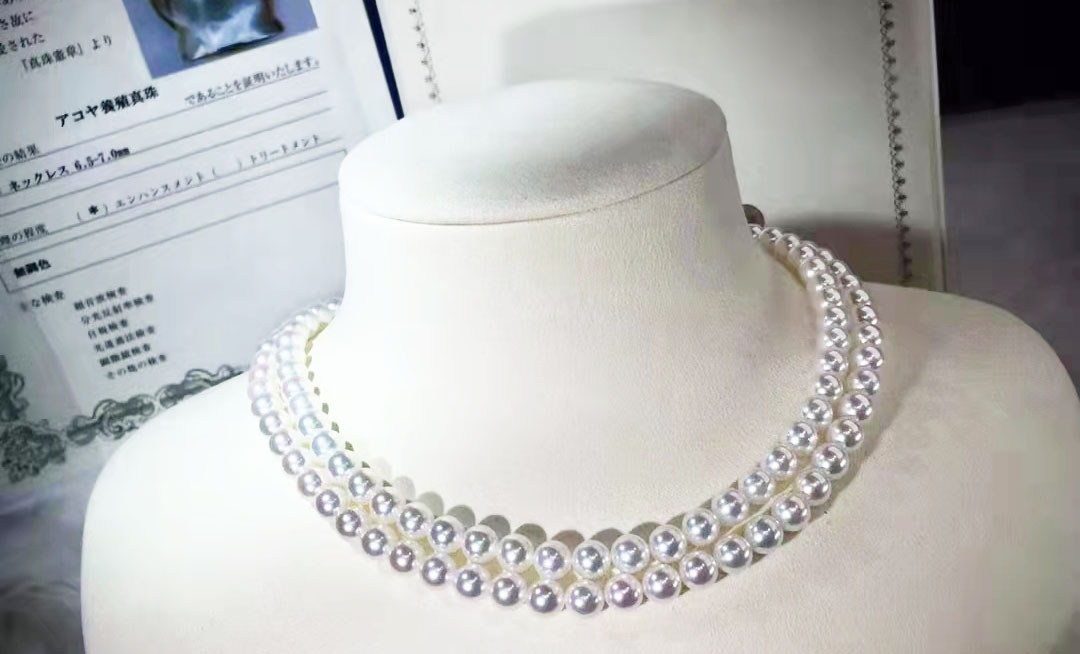
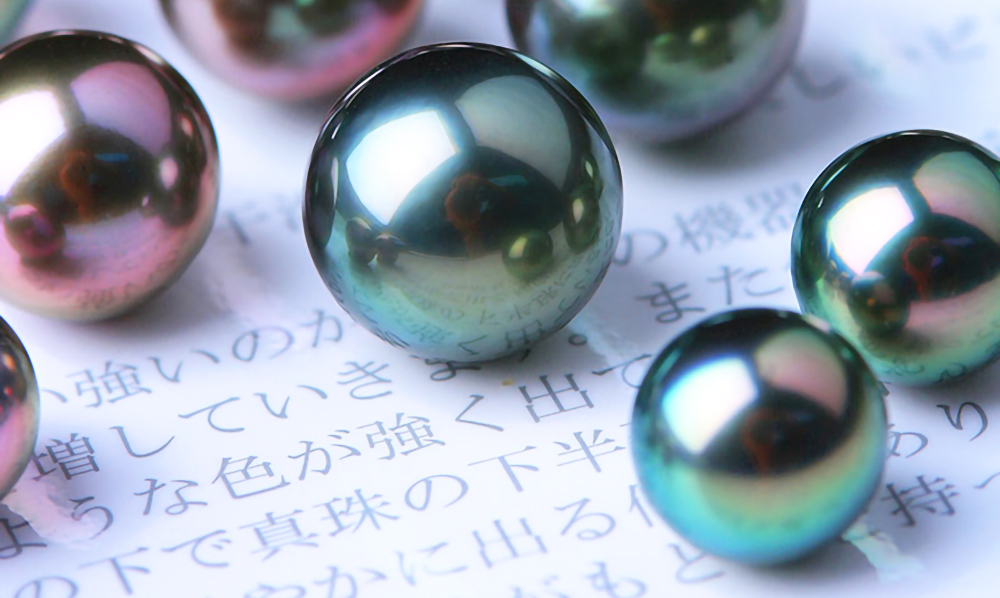
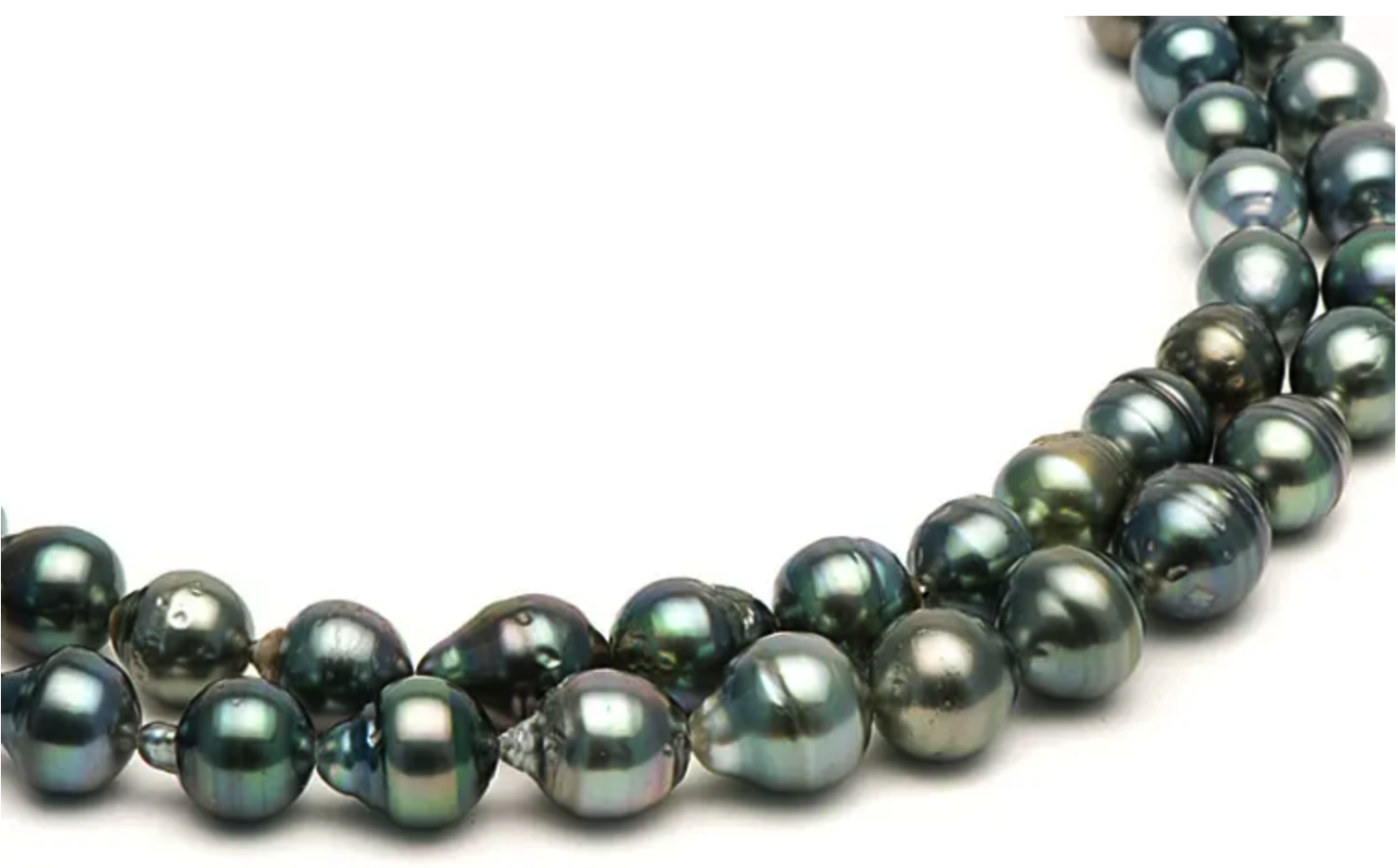
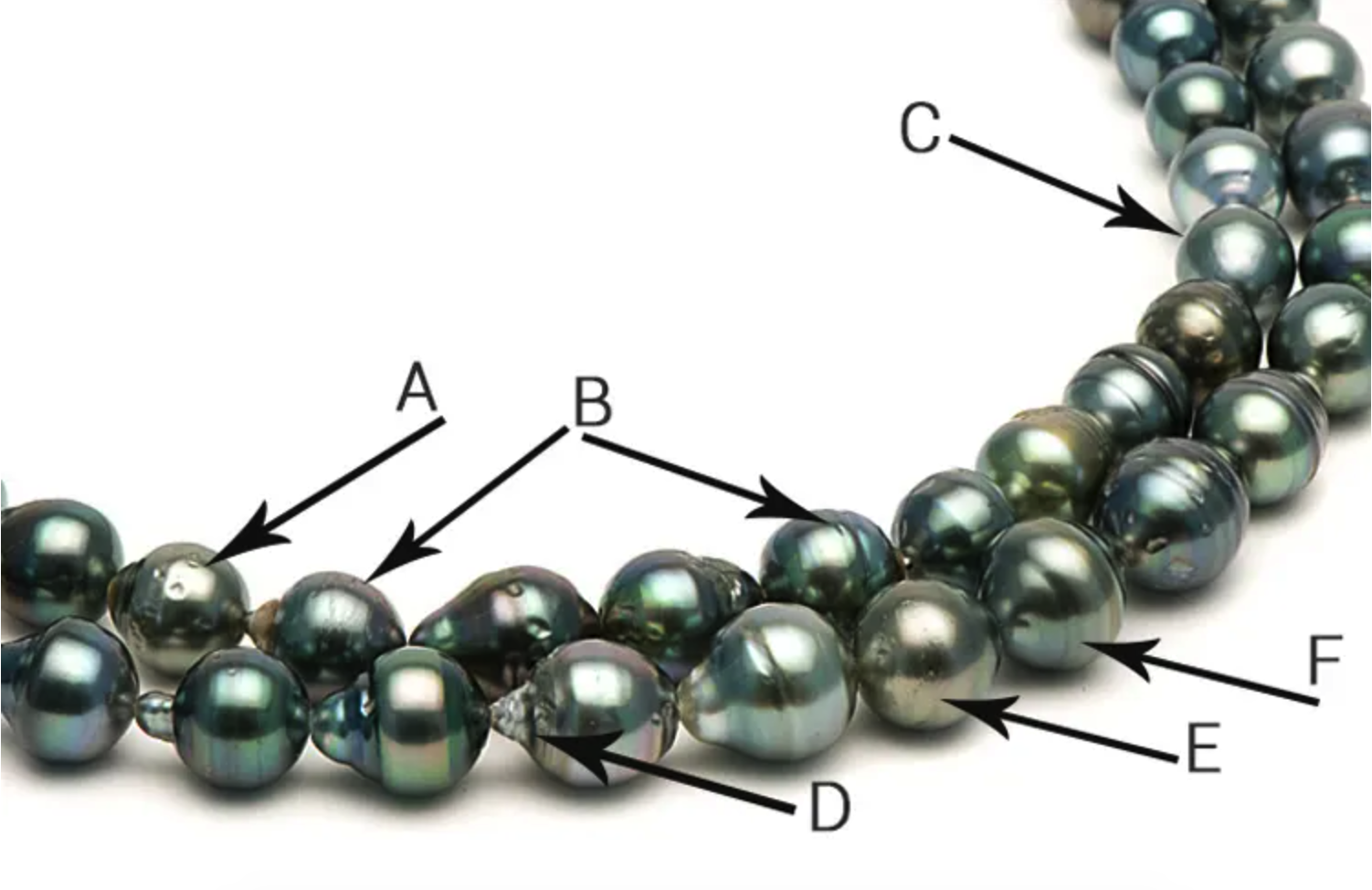

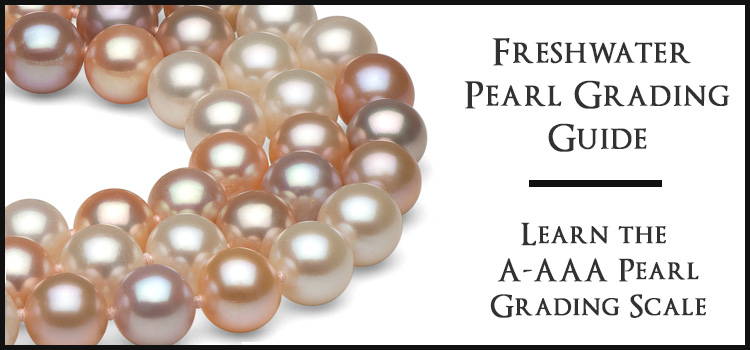
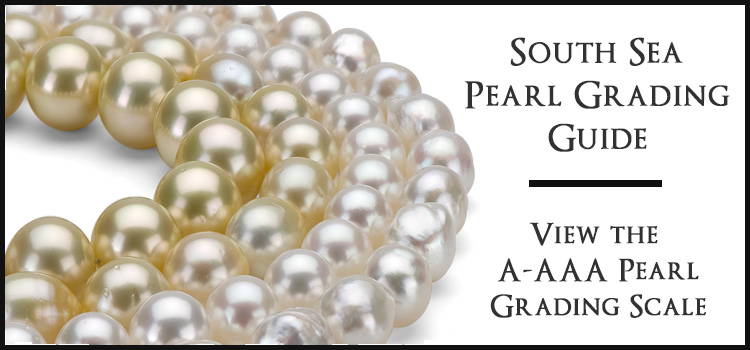
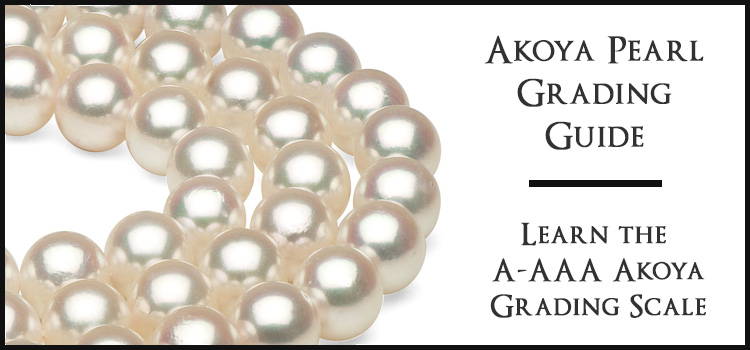
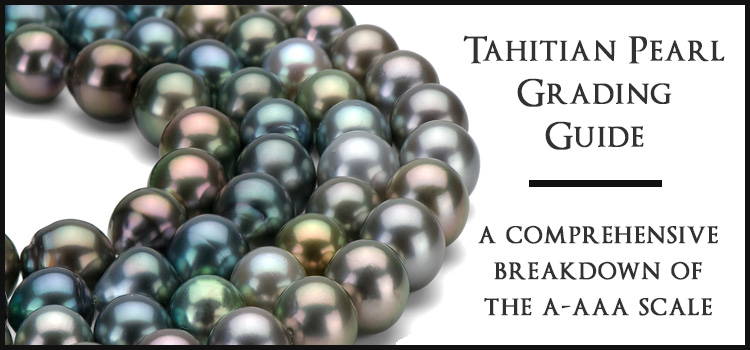
 WhatsApp Code
WhatsApp Code